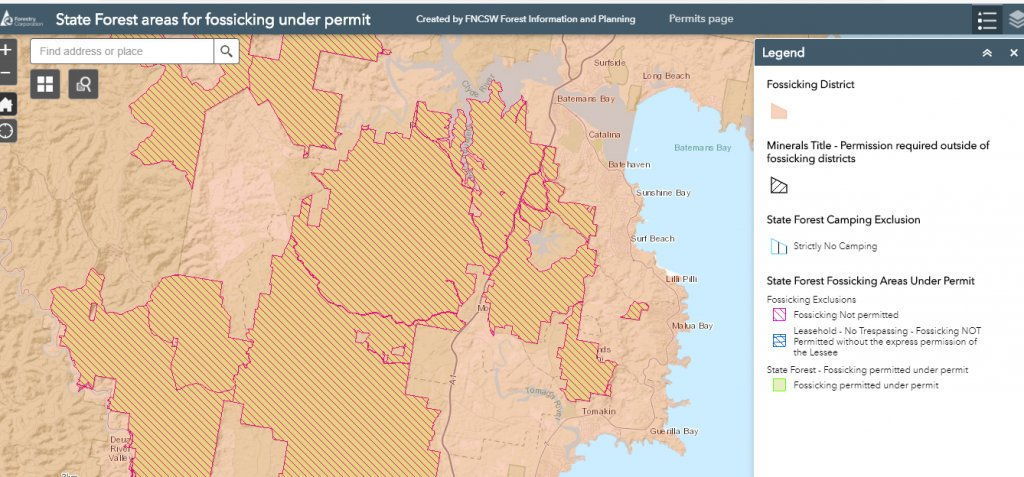During our second trip to Mogo in November 2020 we decided to explore the waterfall creek area a little more as wed found 4 little pickers in the shallow diggings down Cpt163/2 Rd. We spent a good 4 hours in the morning detecting those diggings and another 3-4 hours after lunch. We both covered the ground with our SDC2300s and were methodical, scarping the ground nice and low and slow. We were running our machines noise cancelled, ground balanced, sensitivity 4, threshold between 5-7.
In the 7-8 hours of detecting the diggings we came up empty handed with only half a dozen or so targets e.g tiny foil/cans pieces, led shot and wire. Im not sure how common this is but when you go for 60min without a target, you start second guessing yourself is the machine working? am I loosing concentrating? Is the gold too small and just too deep for us to pick up? Is there any gold left?.
Wed talk over lunch and console ourselves with the fact that we were finding tiny pieces of rubbish which told us our machines and ears we tuned in and it was just a matter of time till we walked over another picker. I think the thing that drove us a little crazy was that on our first trip in September we didnt find any gold in the morning, but after lunch we found all 4 pickers in the same general area in the space of about 3 hours, most were about 4-6 inches deep and weigh about 0.1g each.
To try test the idea that the gold may be too small and just too deep for us to pick up, we went to a small area where there were no target and tried raking the test area and taking off the top 2 inched of gravel. When we went over the raked area we picked up a piece of lead shot, it was a faint sound, but couldn't miss it. We tried 2-3 other areas doing the same raking test but didnt uncover any other targets.
We also dug 3 test holes at about 6 inches each, one had a 0.15gram piece of gold, one a lead shot and the third a lead shot. We used this test setup to try work out the depth limits of our detectors in the ground conditions. We also tested different sensitivity/threshold combinations to gauge threshold stability and sensitivity. We found that sensitivity 4, threshold 6 gave us the best compromise between sensitivity and signal stability and while the gold and lead shot were detectable (albeit faint) at 6 inches, the lead shot was almost lost in the noise (sounded better on sensitivity 5, but you might miss it if you werent concentrating).
Based on our experiences and tests we walked away concluding that:
- The area has been thoroughly detected [/*]
- Any gold in the area was likely sub-gram in size. [/*]
- The diggings likely have more gold, but its probably of a size and depth that our SDC2300s were unlikely to pick it up. [/*]
- We probably need more practice. [/*]
As a side note, in November the cicadas we loud....very, very loud! during lunch after taking off our detector headphones we had to wear ear plugs the noise was so bad. It was also 33 degrees, humid and completely still in the forest so we were sweating and drinking the whole day.
Surprisingly we didnt see a single snake, but then again there was very little animal life at all, seems like the area is going to take some time to recover from the fires.



ickshovel: :goldnugget: